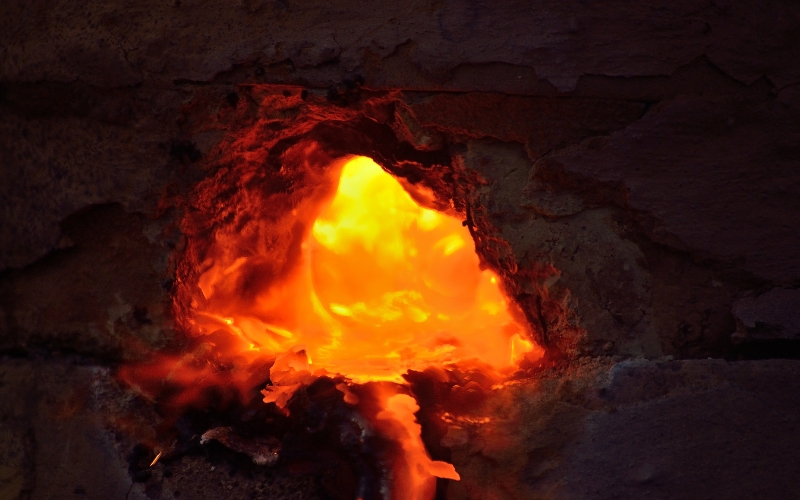Steel is one of the most widely used materials in the world and is used in a variety of applications, from construction to manufacturing. Casting is one of the most popular methods of shaping steel into various forms, and there are several types of casting techniques used in the steel industry. In this article, we will explore the different types of casting used for steel and how steel casting
Casting is a manufacturing process in which a liquid material, in this case, molten steel, is poured into a mold and allowed to solidify. Once the material has solidified, the mold is removed, and the finished product is produced. The different types of casting techniques used for steel are:
-
Sand Casting
-
Investment Casting
-
Continuous Casting
-
Die Casting
-
Centrifugal Casting
-
Sand Casting Sand casting is the most widely used casting technique for steel. In this method, a mold is made from a mixture of sand and clay, and then the molten steel is poured into it. The mold is then allowed to cool and solidify, after which the sand is removed from the casting. Sand casting is a relatively inexpensive and straightforward method, making it ideal for producing large, heavy-duty parts and components.
-
Investment Casting Investment casting, also known as lost-wax casting, is a more precise method of casting steel. In this technique, a wax pattern of the desired part is made, and then a ceramic shell is created around the wax pattern. The wax is then melted out of the mold, leaving a cavity that is filled with molten steel. Once the steel has cooled and solidified, the ceramic shell is broken away, leaving behind the finished part. Investment casting is a popular method for producing small and intricate parts, such as gears, turbine blades, and medical equipment.
-
Continuous Casting Continuous casting is a process that involves the continuous pouring of molten steel into a mold that moves through a series of rollers. As the steel cools and solidifies, it is pulled through the rollers and shaped into a long, continuous strip or bar. This method is commonly used for producing steel sheets, bars, and tubes.
-
Die Casting Die casting is a technique used to produce steel parts with a high level of accuracy and precision. In this method, molten steel is forced into a mold, or die, under high pressure. The mold is then cooled, and the finished part is ejected from the die. Die casting is ideal for producing parts that require complex shapes, such as engine parts, transmission components, and housing for electronic devices.
-
Centrifugal Casting “Centrifugal casting is a technique used to produce cylindrical steel parts, such as pipes and tubes. In this method, a mold is rotated at high speed while molten steel is poured into it. The centrifugal force distributes the molten steel evenly, creating a uniform thickness and quality of the finished product.
In conclusion, there are several types of casting techniques used for steel, each with its unique advantages and applications. Sand casting is the most widely used and most economical method, while investment casting is ideal for producing small and intricate parts.
Continuous casting is commonly used for producing steel sheets, bars, and tubes, while die casting is perfect for creating parts with complex shapes. Centrifugal casting is the technique of choice for producing cylindrical steel parts.
By choosing the right casting technique, manufacturers can create high-quality steel products that meet the needs of their customers.















